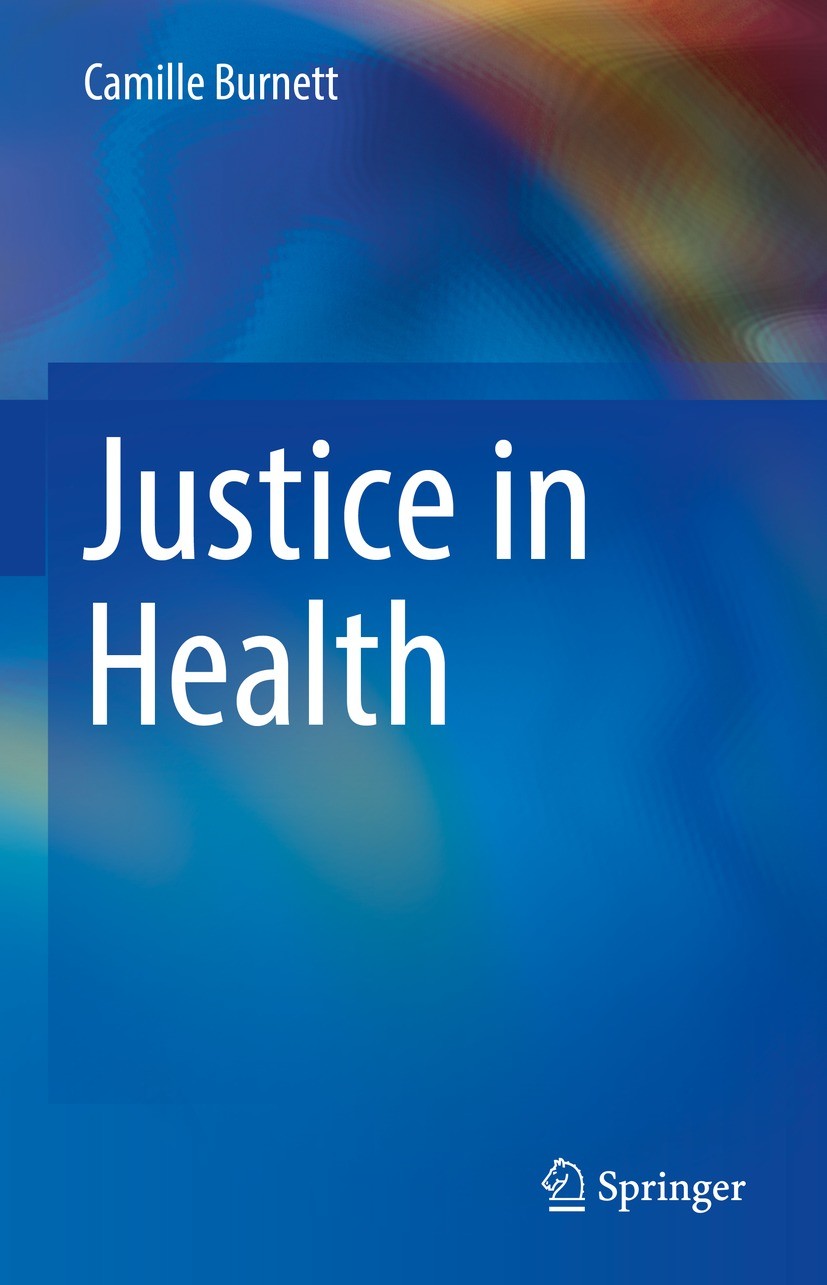| 书目名称 | Justice in Health | | 编辑 | Camille Burnett | | 视频video | http://file.papertrans.cn/502/501749/501749.mp4 | | 概述 | Is a timely response to health equity/disparity, racism, inequity that prepares professionals to address such challenges.Introduces progressive ideas that are necessary to reform and inform the future | | 图书封面 |  | | 描述 | Inequities and health disparities are the greatest and most pressing social issues of our time. This book explores public health practice through the critical lens of social and structural justice by examining our approach to health and what it means to be healthy, systemically and structurally..Through recent events, the raw reality of health disparities and inequities have been exposed. These events are earmarked by COVID-19‘s decimating and disparate impacts on Black and Brown populations during one of the greatest social movements of our time to end racism. Since this very public explosion of intersecting forms of oppression and inequitable suffrage, many have clamored to make sense of it, to reframe our narratives toward action, and re-envision what progress and change could look like. This text is positioned as a tool to help professionals dismantle old ways of thinking while reconstructing new ones that can be more responsive in meeting the realities of today..The author challenges the reader to think about public health more deeply and pragmatically as the space for reconciling solutions to these poignant health issues. This requires the exploration of an ideological shift | | 出版日期 | Book 2022 | | 关键词 | health justice; structural justice; population health; social determinants of health; structural determi | | 版次 | 1 | | doi | https://doi.org/10.1007/978-3-031-18504-5 | | isbn_softcover | 978-3-031-18506-9 | | isbn_ebook | 978-3-031-18504-5 | | copyright | The Editor(s) (if applicable) and The Author(s), under exclusive license to Springer Nature Switzerl |
The information of publication is updating

|
|
 |Archiver|手机版|小黑屋|
派博传思国际
( 京公网安备110108008328)
GMT+8, 2025-11-12 02:18
|Archiver|手机版|小黑屋|
派博传思国际
( 京公网安备110108008328)
GMT+8, 2025-11-12 02:18


